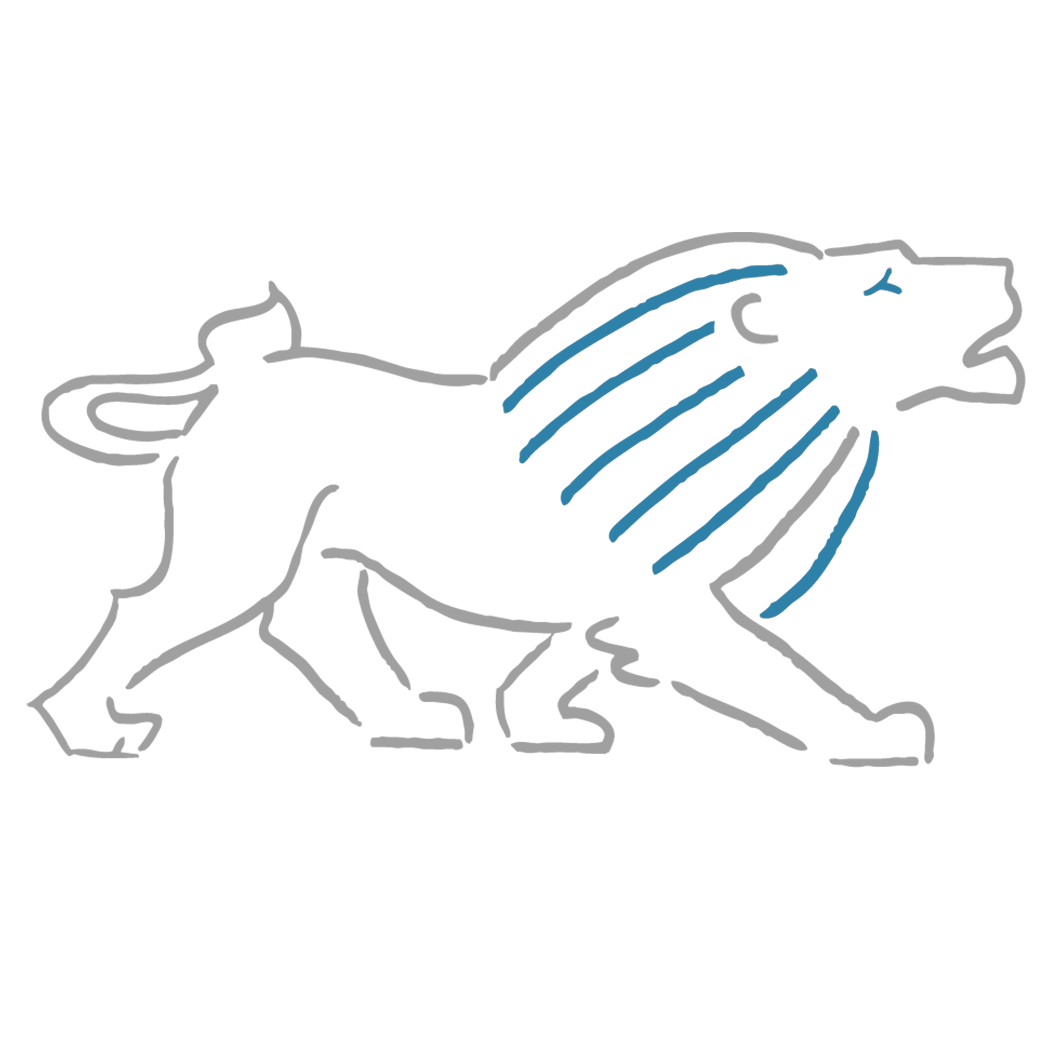The situation has changed
The sharp price increases of the past year have also significantly changed the market for liners. In the past, PET liners were reserved for a few, high-quality adhesive composites for price reasons, but the situation has changed.
Price equivalence now means that properties are paramount. The essential criteria are derived from the processing. Homogeneity of the surface and uniformity in thickness lead to good die-cutting properties. That reduces the risk of punching into the liner. Material thicknesses of around 20 - 30 µm for PET compared to 50 - 60 µm for Glassine increases the length of the material in the jumbo roll, as well as the number of die-cut labels per roll.
From S+P Samson's point of view, the situation remains varied.
Self-coating tests have shown that products for laser printers harmonise better with paper-based liners. On the one hand, this has to do with the heat generated in the laser printer and with the flatness of the sheet, on the other hand with the static charge. The decisive factor in favour of paper liners was the feel. In continuous products with partial adhesive application, the risk of air inclusions or bubbles is much more pronounced with paper liners. Which is why only PET liners are used here. This in turn shows that both types of backing paper have their justification and advantages.
The decisive factor is the sum of the properties to produce the composites as well as for printing and handling the finished labels.
More exciting labelling topics can be found in our news.




